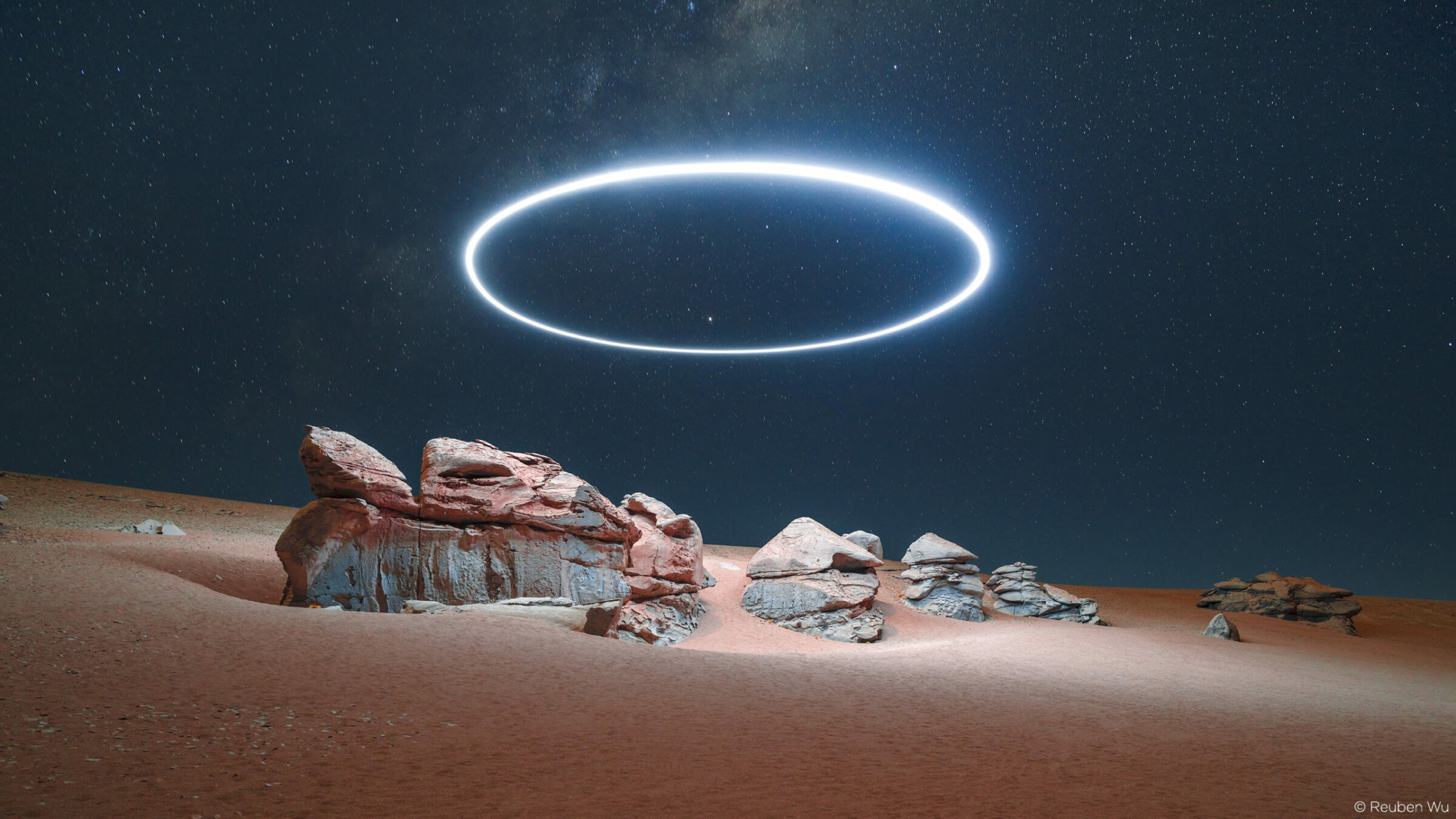This month we launched a brand new camera system, one designed for photographers whose passion take them far and wide, to distant and spectacular places. The Phase One XT was created to be brought along on long trails and off-road scouting expeditions, just the kind that Reuben Wu, the newest Phase One Ambassador, likes to venture on. So we gave him an XT Camera System and sent him off to Bolivia, to capture its beauty in a light only he knows how to cast.
Capturing the beauty close to us
Hi, I’m Reuben. People often describe my photography as “otherworldly”, and say the landscapes I capture don’t appear to be from this planet, but what I’m trying to show are truly “worldly” images of places close to us. We’ve been exploring other planets but have yet to see anything as extraordinary as the landscapes we have right here on Earth. So what I want to do through my photography is to renew people’s perspective of our own planet, to make the familiar appear new and fresh, so that people look a bit harder at the things around them, appreciate them and take more care of them.
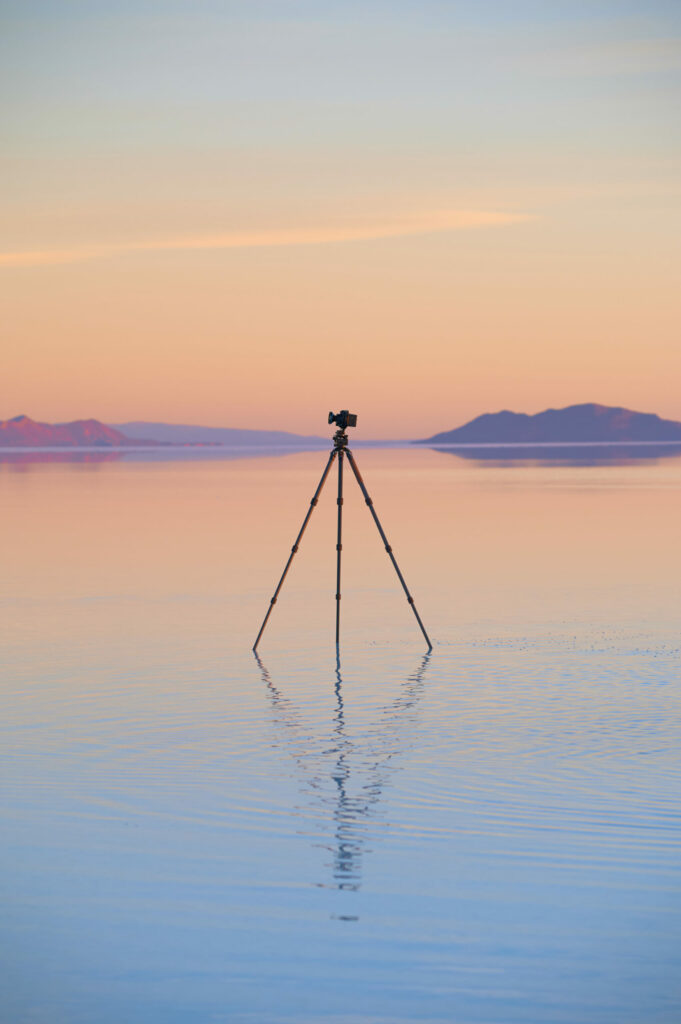
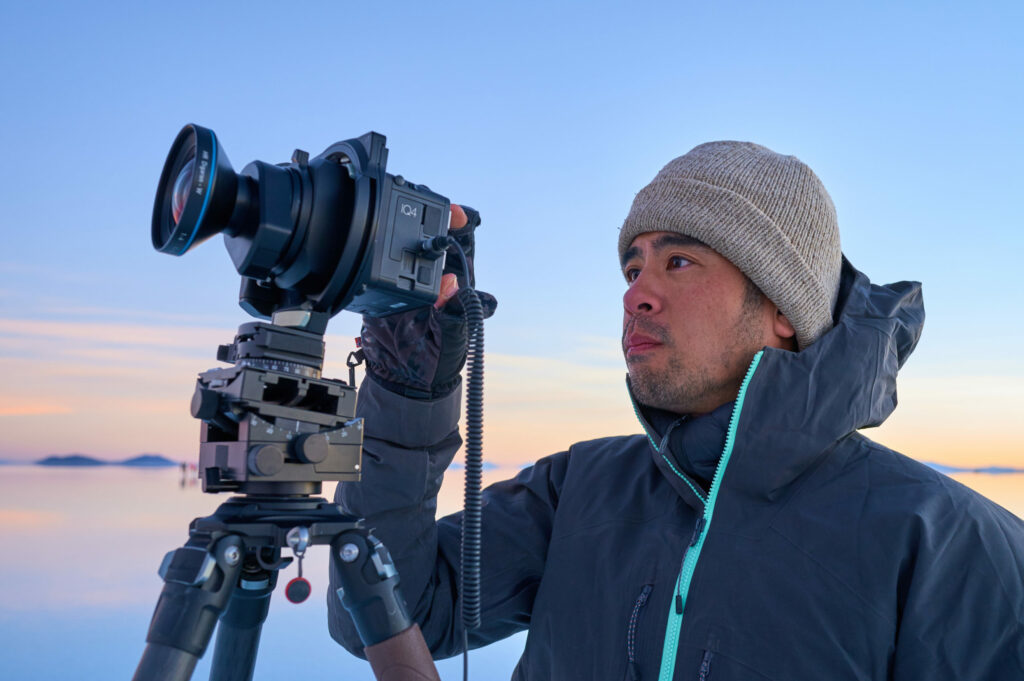
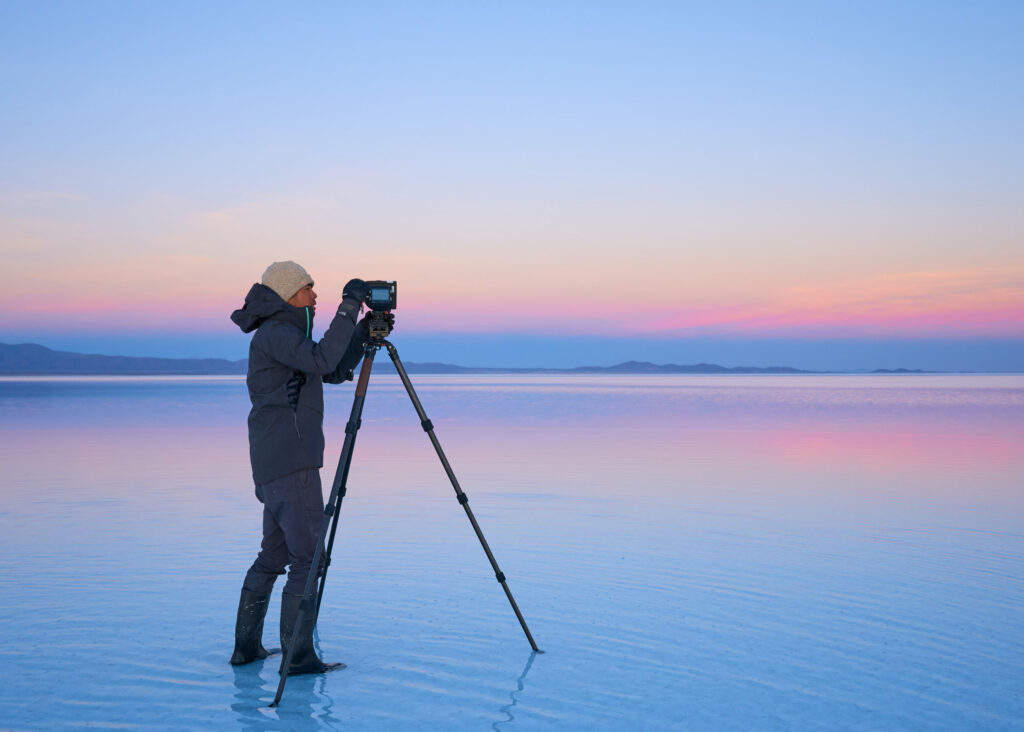
Taking the XT Camera System on a trip to Bolivia
Bolivia had been at the top of my bucket list since forever. I’d had this idea in my head of playing with drone light reflected on Bolivia’s salt flats covered with water. This image of the salt flats acting as a huge mirror and the light paths interacting with the landscape – that’s what I wanted to create. I began using drone lights in my photography during the Lux Noctis project, when I wanted to shoot landscapes at night and needed something to light the scene. I didn’t include the actual light paths initially. But then I started to like how the different shapes created by the light interacted with the landscape, and now I see it as a way to involve myself with the landscape, as the intervention I add to a specific scenery without touching it.
My favorite memory from the trip to Bolivia is shooting the salt flats at sunset. The salt crystallizes into beautiful polygon shapes stretching into the horizon and, as the sun was setting, the shadows cast by the glowing salt ridges became longer and longer, and so the landscape would look different every few seconds. Being there and watching the landscape change as the sunset moved across it, that feeling just stuck with me.
A lot of my photos created with drone lights feature circles. To me, this shape represents renewal and perfection. With the image above, I wanted to feature the circle within the landscape of Bolivia’s salt flats. Having the light really low on the salt flats created an interesting mood, with the glow emanating from it and the shadows cast on the ground.
At some point during the trip we were driving through the Altiplano, a 15,000ft- high desert in the south of Bolivia. We were stopping as much as we could to shoot what we discovered on the way, but we had a lot of distance to cover so we couldn’t afford too many stops. While driving, we approached this valley that looked just incredible. The driver said it was called Salvador Dalí Valley, which made so much sense, because it had this surrealist mood I’d never encountered before: it was a vast open plane, but with rocks that kind of stuck up randomly, and the moon hanging over a backdrop of distant mountains. So I begged the driver to stop “just one more time”, rolled down the car window, propped the camera on the door, and shot the image.
I believe that using tools which look and work differently than what everyone is using encourages ideas that are different.
This is why I love the XT, because I was only able to shoot a photo like that thanks to how the XT Camera System is designed. It’s ergonomic, it has a hand grip and a shutter button – it lives in this unique place between a technical and a handheld camera. It was so nice to be able to just take a picture without getting out, setting up a tripod, creating the frame, shooting, then packing it back to leave. The driver was happy about that too.
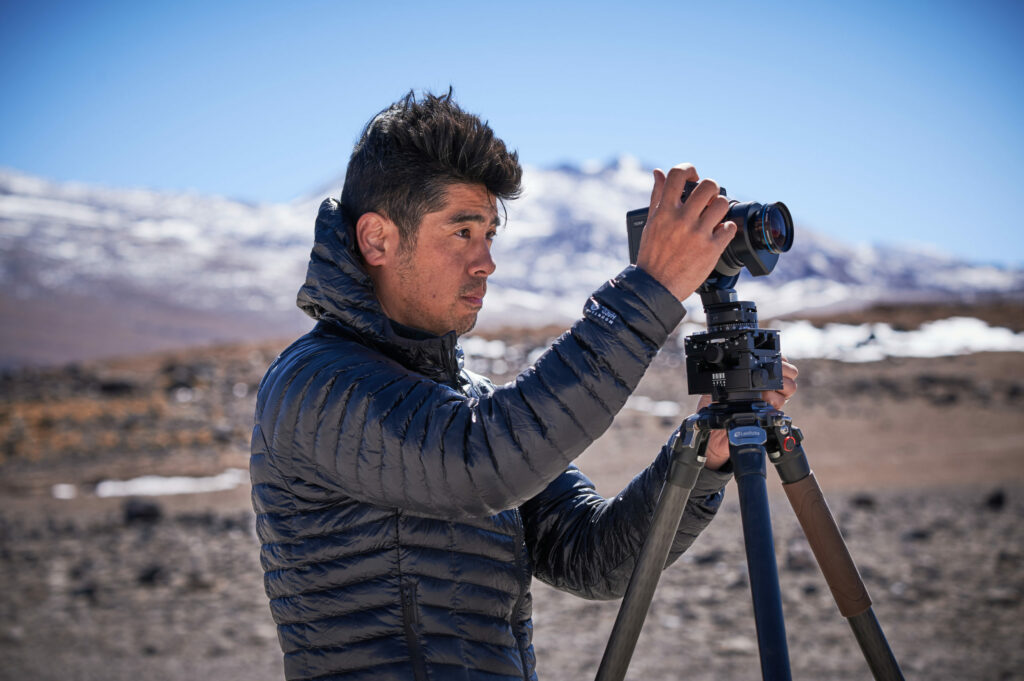
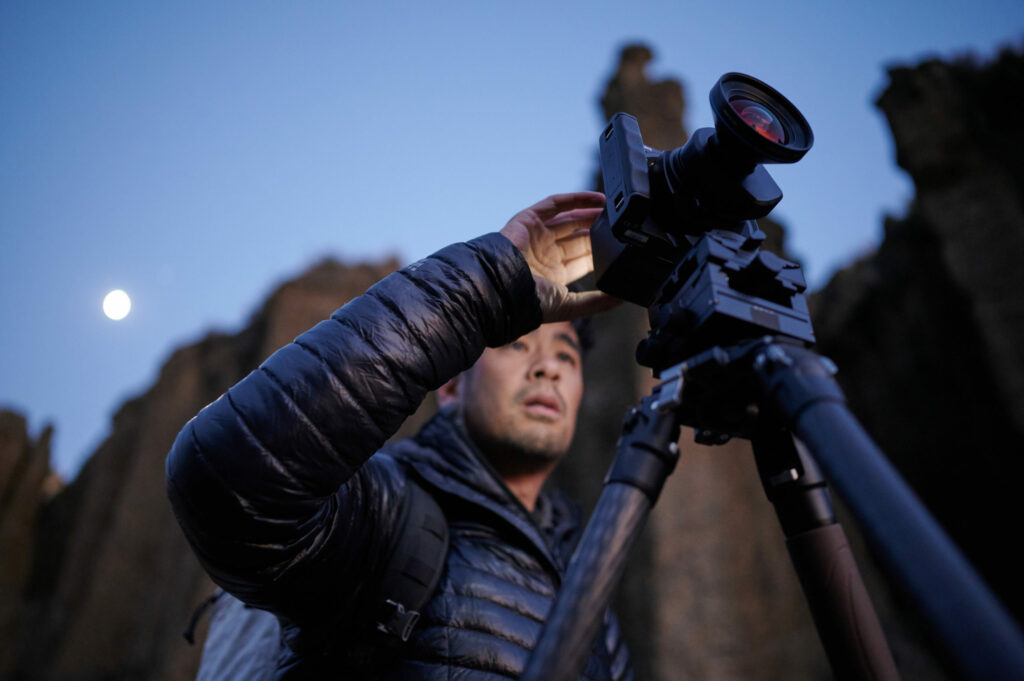
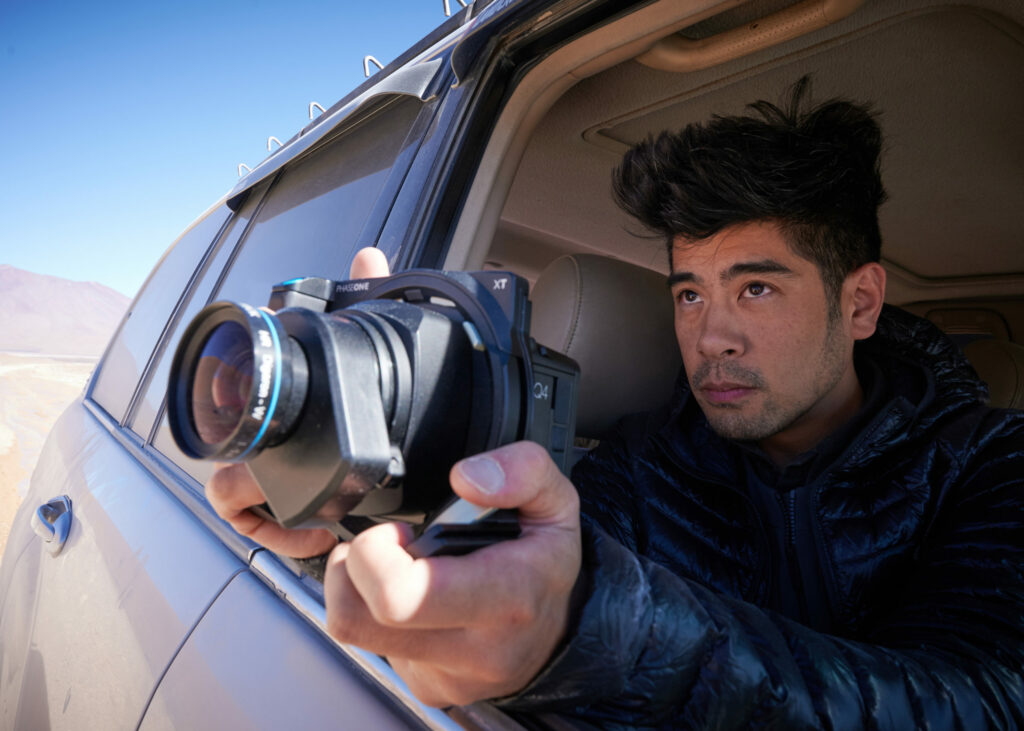
The advantage of a travel-friendly design
The XT is really geared towards travel, it fits my workflow on location. It’s a lot more integrated than technical cameras, and everything is controlled using one screen. I don’t have to think about a separate viewfinder, a cable release and so on. Everything is centralized. Also, it’s light. I can fit the camera plus two lenses in a sling bag, which is amazing. I can scout, hike in difficult areas, set up my composition easily, and get the image exactly right. I get all this convenience while still holding an amazing medium format camera, which allows me to get the most information from the subject in one shot. There are just more pixels to play with, it means I can do more with the image afterwards.
It’s minimal and modern, and also looks slightly quirky. There’s no other camera that looks like it. I believe that using tools which look and work differently than what everyone is using can encourage new ideas that are different. So by using a camera that’s unique, I am pushed to think differently about the photography I’m creating.
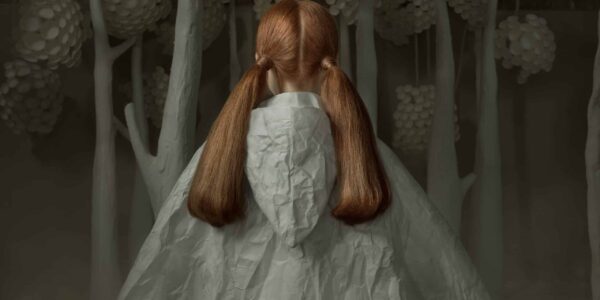
Ambassadors
White Forest by Gemmy Woud-Binnendijk
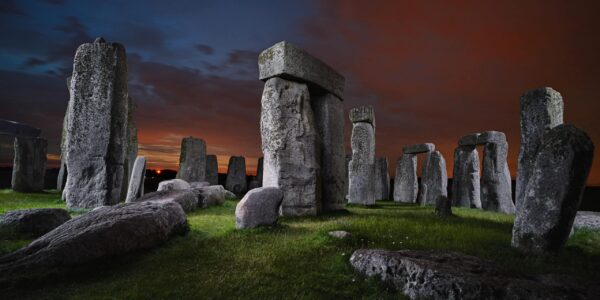
Ambassadors
Stonehenge Revealed
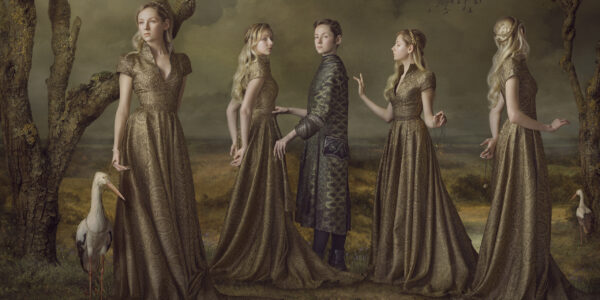
Ambassadors
I am ME with Gemmy Woud-Binnendijk
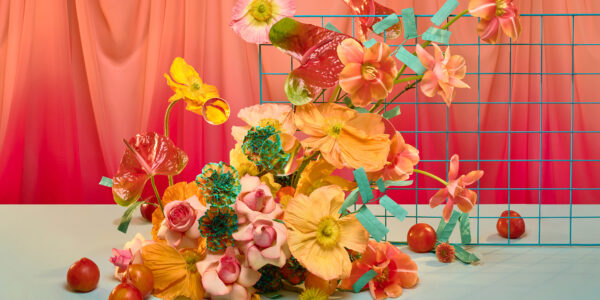
1-Minute Inspiration
Floral Dreamland with Paloma Rincón
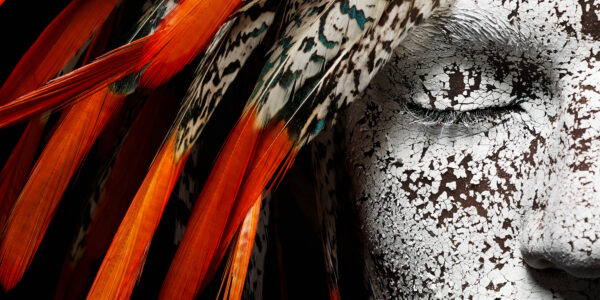
Photographer Stories
Seeing the world through Michael Hochfellner’s eyes
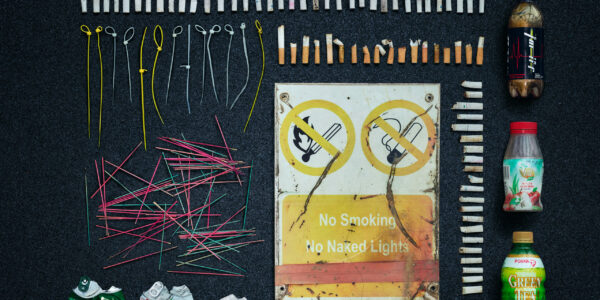
Ambassadors
Wastelands – Simon Puschmann
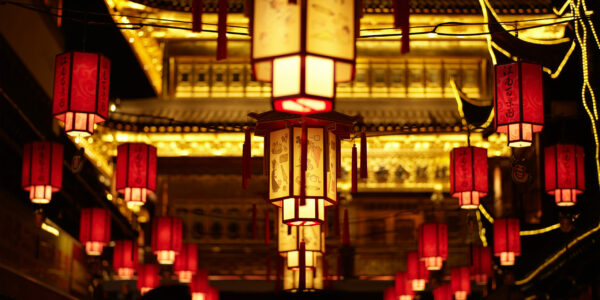
1-Minute Inspiration
Nighttime street photography
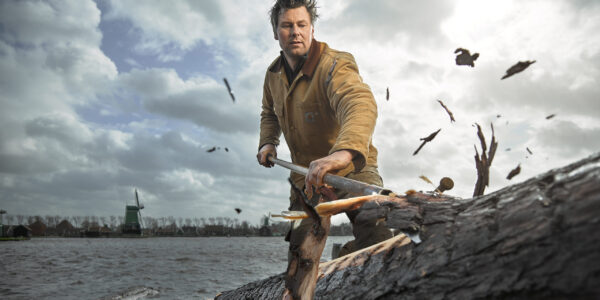
Photographer Stories
Knights of the windmill, a tribute to the miller’s craft
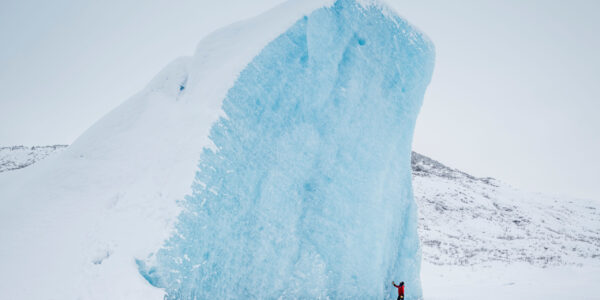
Photographer Stories
Finding your story with the XT Camera System: Andrew Ling in Alaska
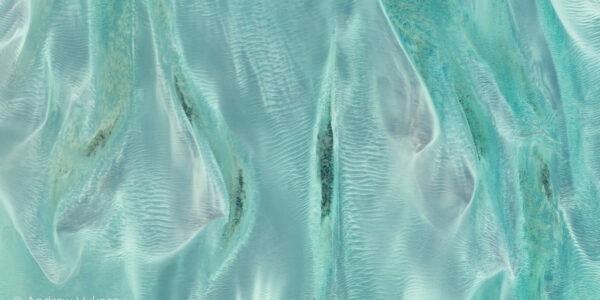
Photographer Stories
Visions of the Australian landscape
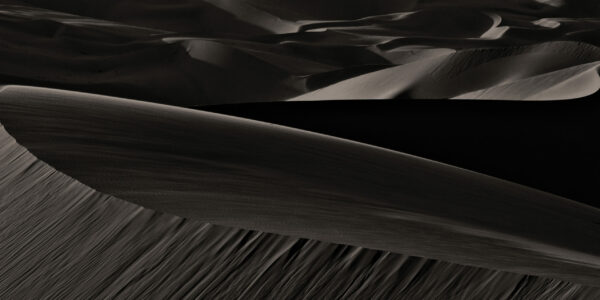
Photographer Stories
Managing the subjective experience
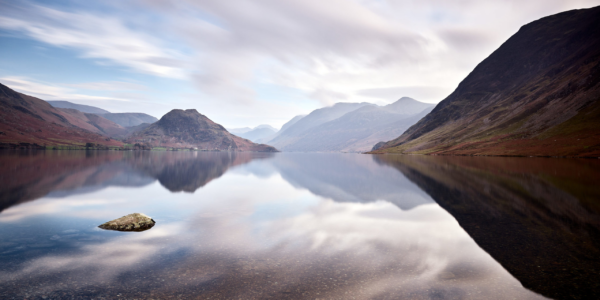
Photographer Stories
Capturing time in landscape
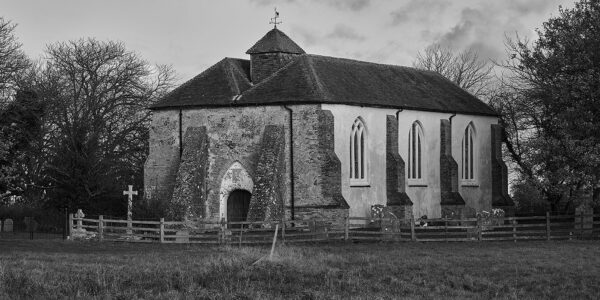
Photographer Stories
Finding a new home
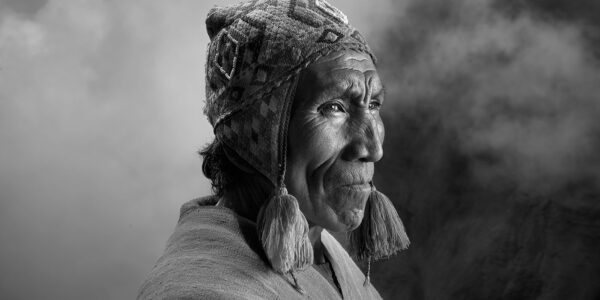
Photographer Stories
Opening windows into other worlds
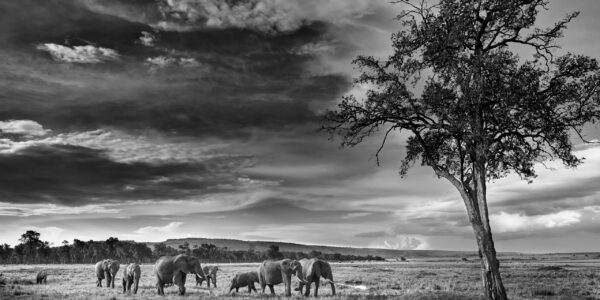
Photographer Stories
Celebrating life through photography – Rudy Atallah
